Belts and Braces: The Origin Story
From Undergarments to Outerwear
Braces, now a timeless fashion accessory, have origins dating back to 18th-century France. Initially considered undergarments, they were made of ribbon strips attached to buttonholes on trousers and worn discreetly beneath clothing.
Up until the 1930s, visible braces were considered quite risqué. However, they were a necessity, as high-waisted trousers of the time lacked the tailoring needed for belts. Function ruled over fashion, but that would soon change.
Albert Thurston and the Modern Braces
The 1820s saw a major innovation when British designer Albert Thurston crafted modern braces using tightly woven wool known as box cloth. His original H-back design has since faded from popularity, with today’s braces more commonly featuring X-back or Y-back styles.
Suspenders Make Their Way to the U.S.
By 1871, braces had crossed the Atlantic. One of the first U.S. patents for suspenders was granted to Samuel Clements—better known as the legendary author Mark Twain. His invention, officially called ‘Adjustable and Detachable Straps for Garments,’ marked a pivotal moment in the evolution of braces.
As fashion progressed, so did suspender designs. By 1894, the introduction of metal clasps provided a more comfortable and convenient alternative to the traditional button fastenings, making braces even more accessible.

The Rise of the Belt
World War I changed fashion dramatically. Soldiers became accustomed to lower-sitting, better-fitted trousers that made belts a more practical option. Post-war, many men adopted the military-inspired style, leading to a decline in braces’ popularity.
Belts have remained a staple in men’s fashion ever since, evolving through various materials and designs. If you're looking for a stylish take on this enduring classic, explore the Heritage Traditions belt collection to add a refined touch to your wardrobe.
Braces as a Fashion Statement
Braces never disappeared entirely. By the mid-20th century, Hollywood icons like Humphrey Bogart helped bring them into the spotlight, embracing them as part of their signature style.
The 1960s saw British skinheads incorporating braces into their rebellious aesthetic, pairing them with jeans for a bold fashion statement. The 1970s ushered in a new wave of inspiration, with working women channelling the androgynous look of Diane Keaton’s Annie Hall character.
Even the 1980s had their own spin, with magazines advocating for suspenders worn loose for a more relaxed, trend-forward look. Today, braces continue to make appearances in fashion—whether as part of a dapper, vintage-inspired ensemble or as a defining element of hipster culture.
Braces have undoubtedly evolved over the years, transforming from a purely functional garment to a distinctive fashion accessory. Whether you're drawn to their old-school charm or contemporary flair, their legacy endures.





















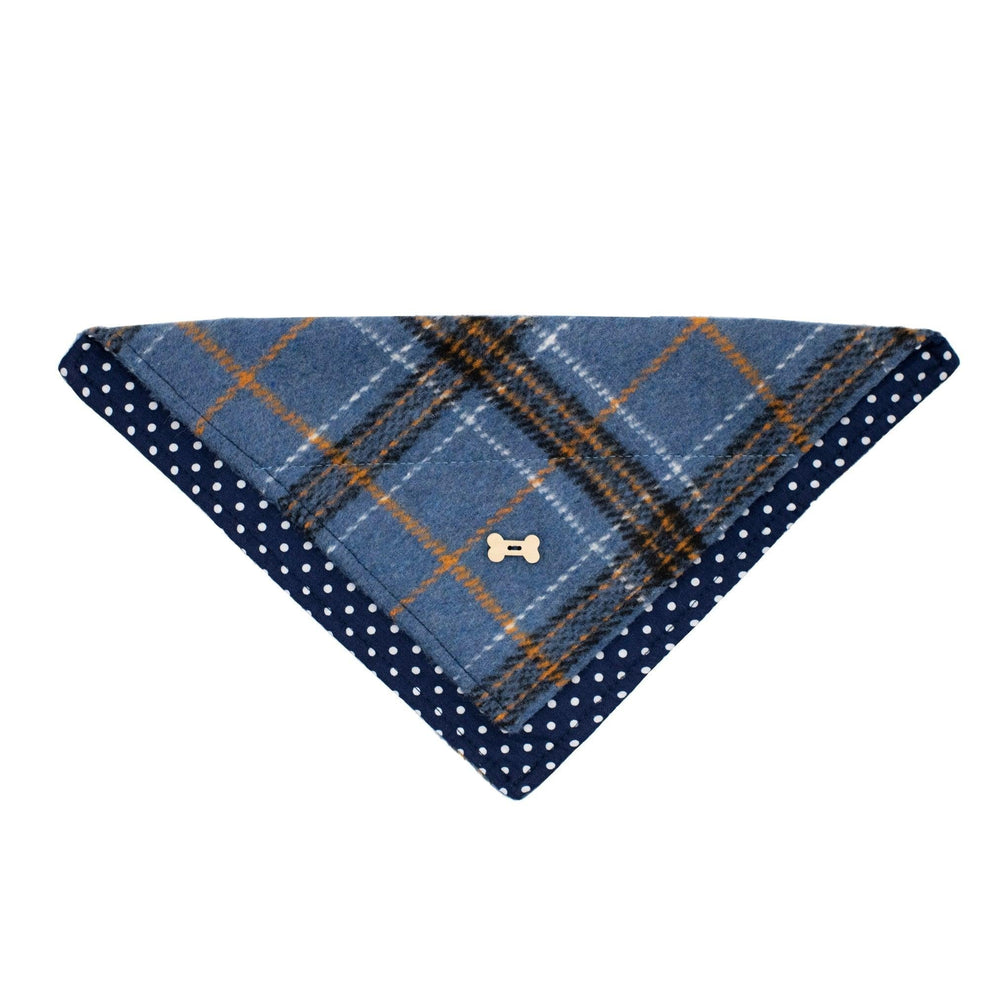
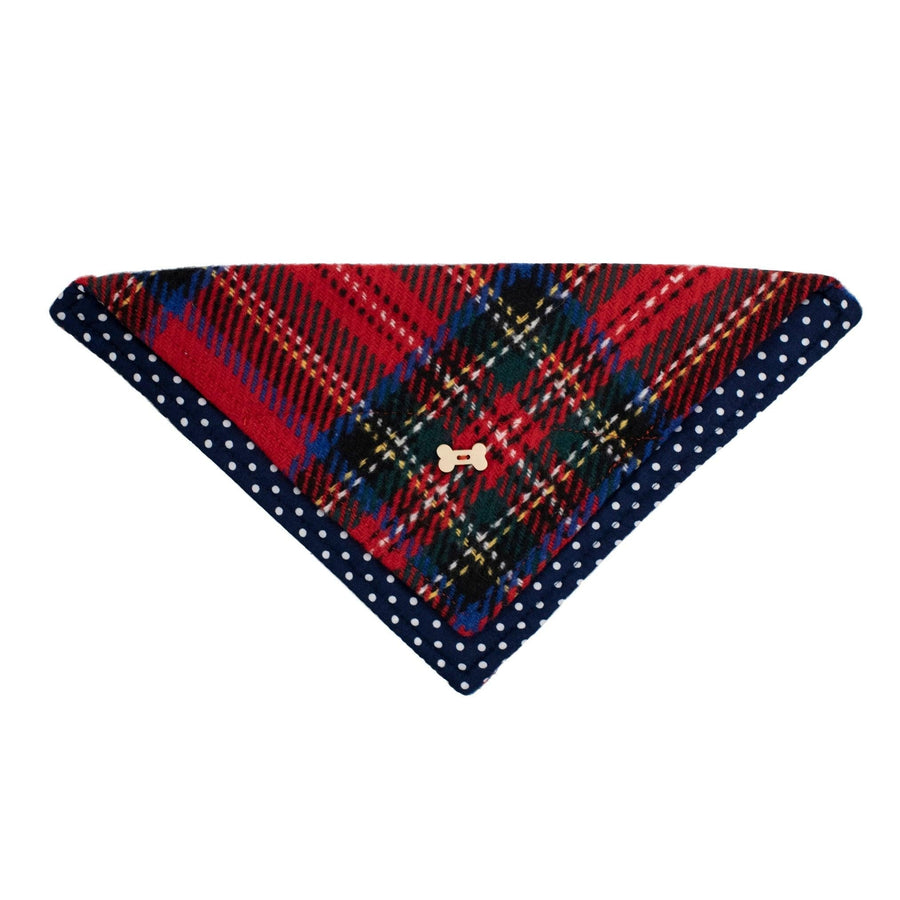
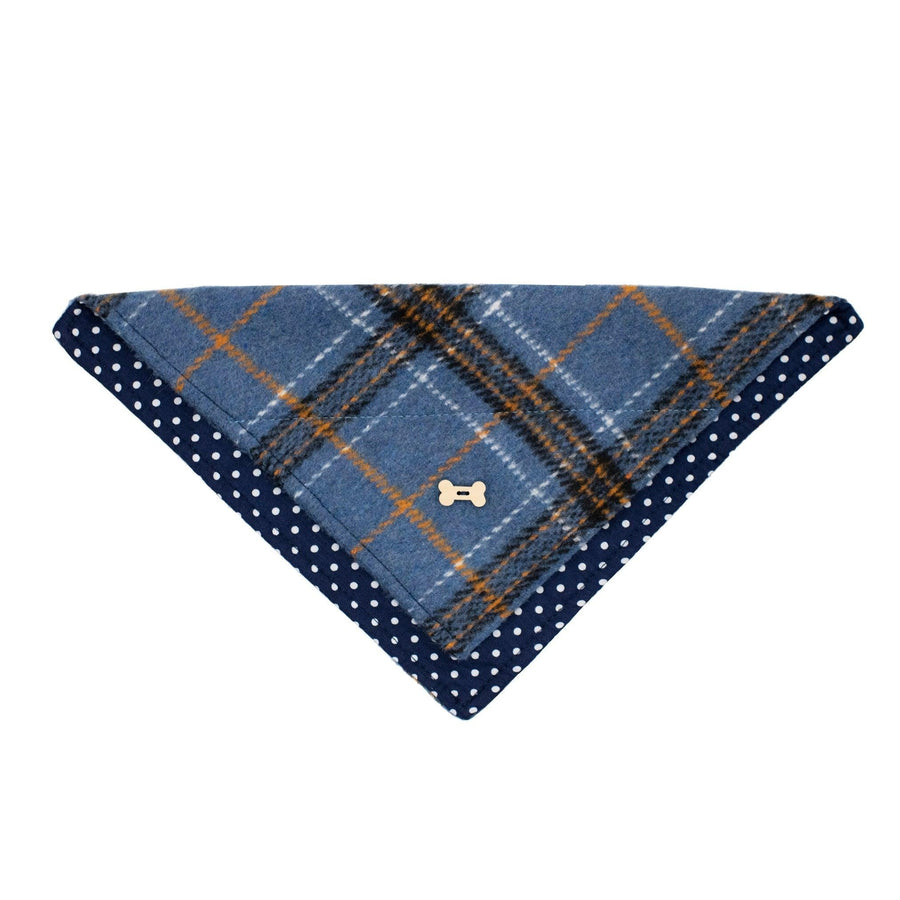
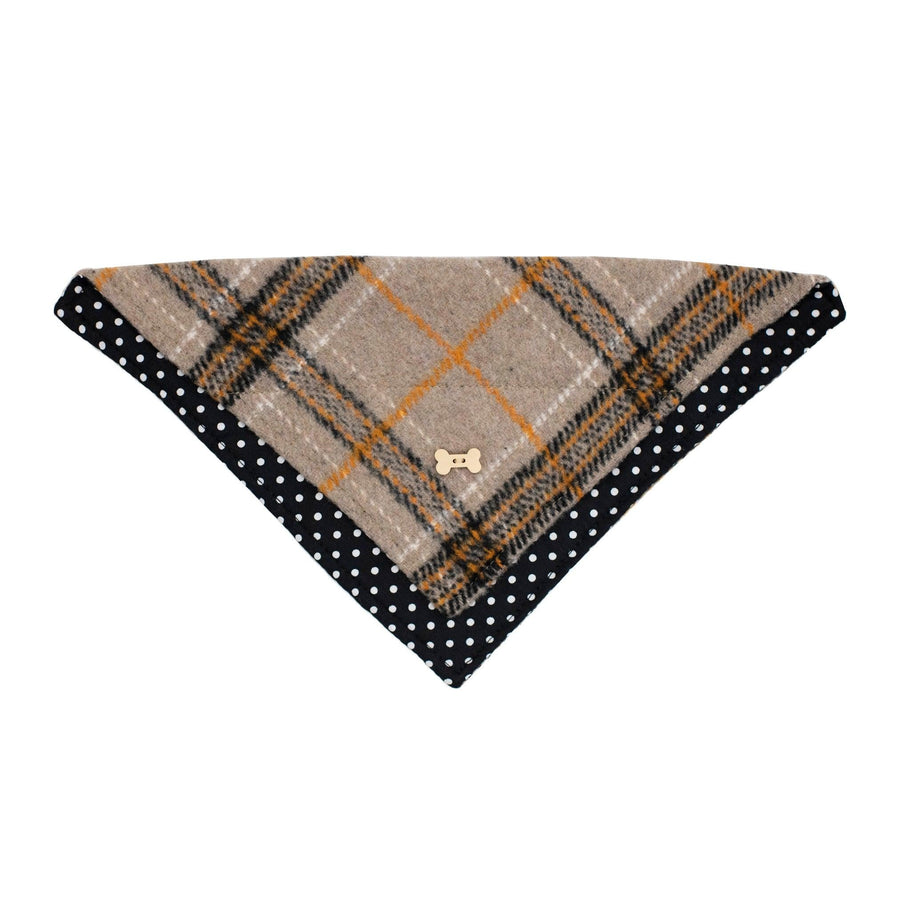
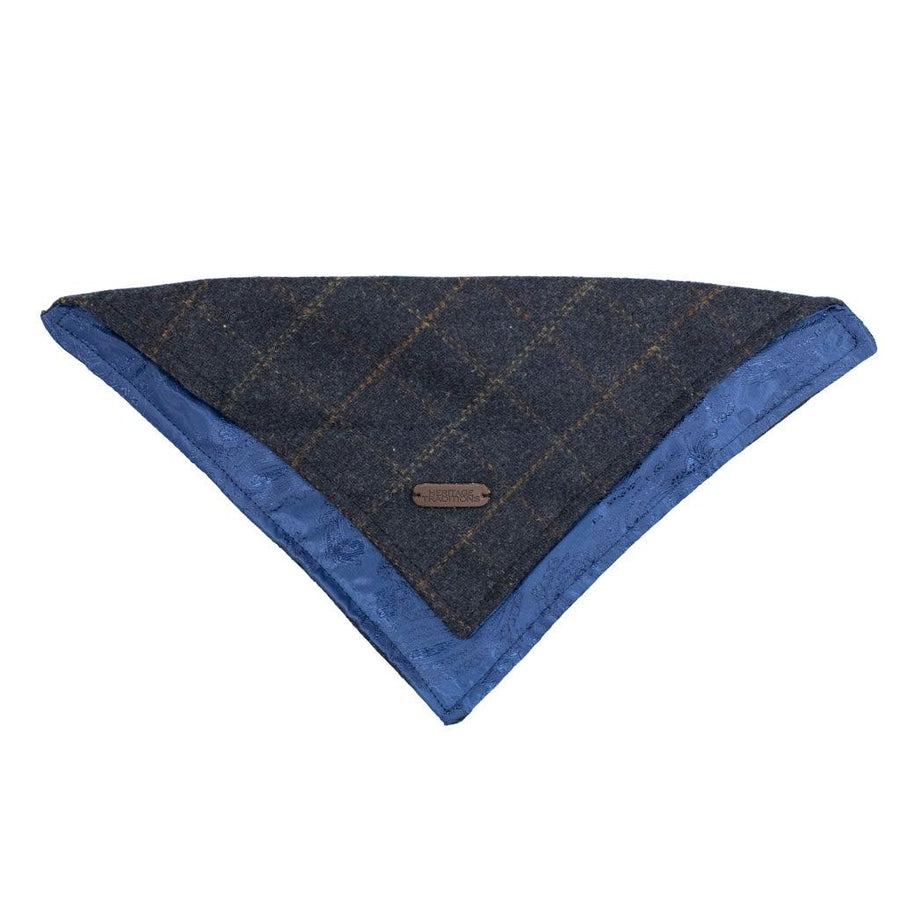
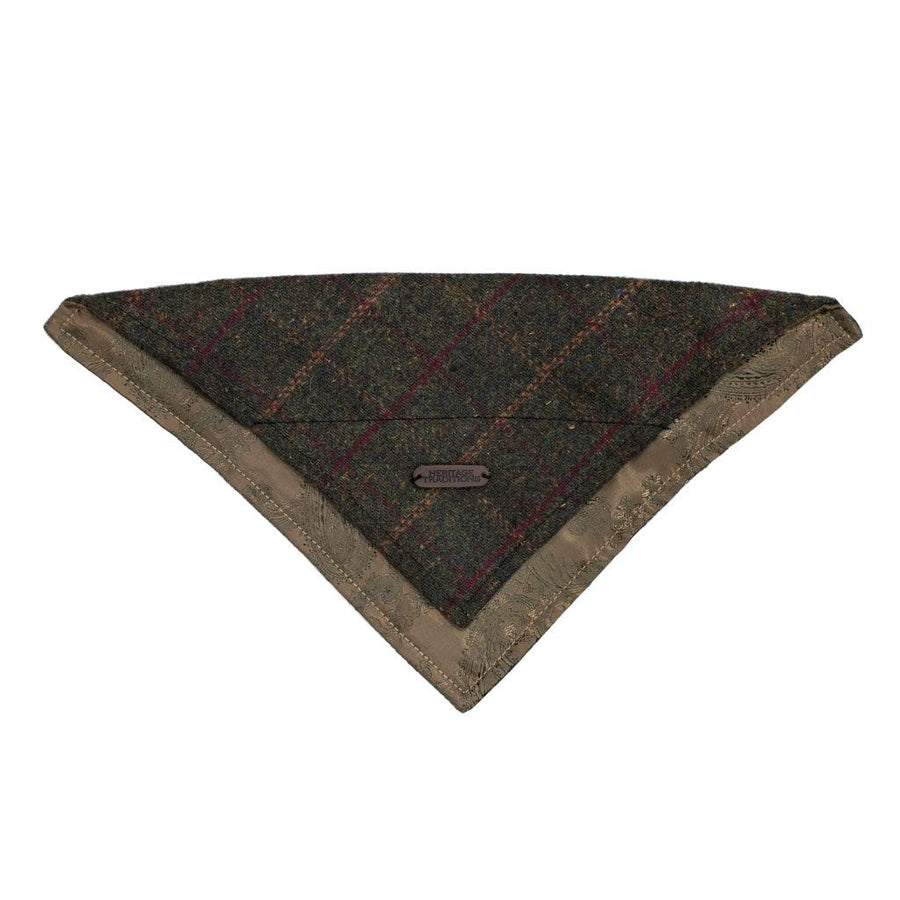
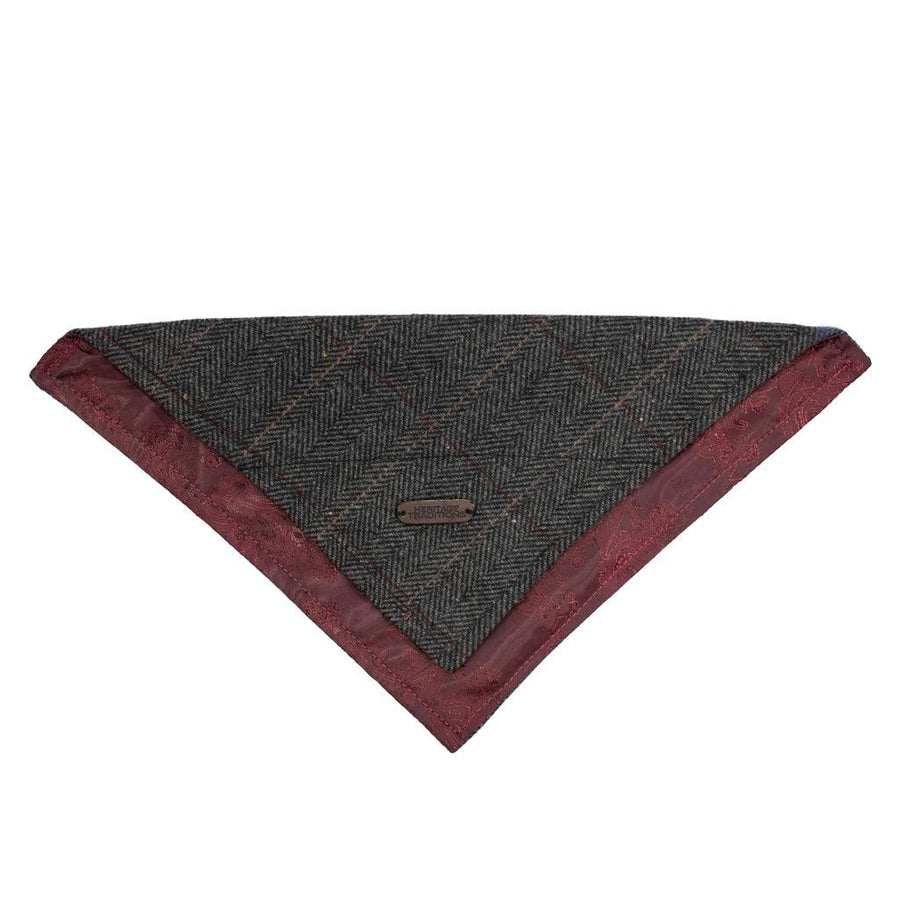
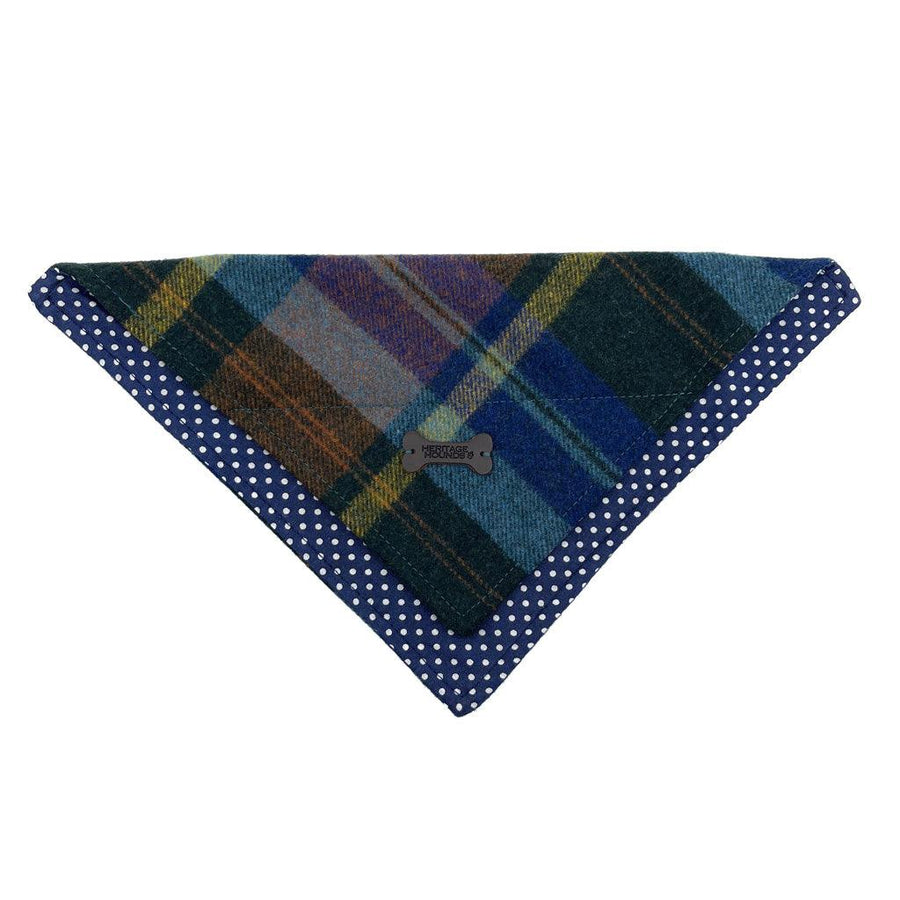
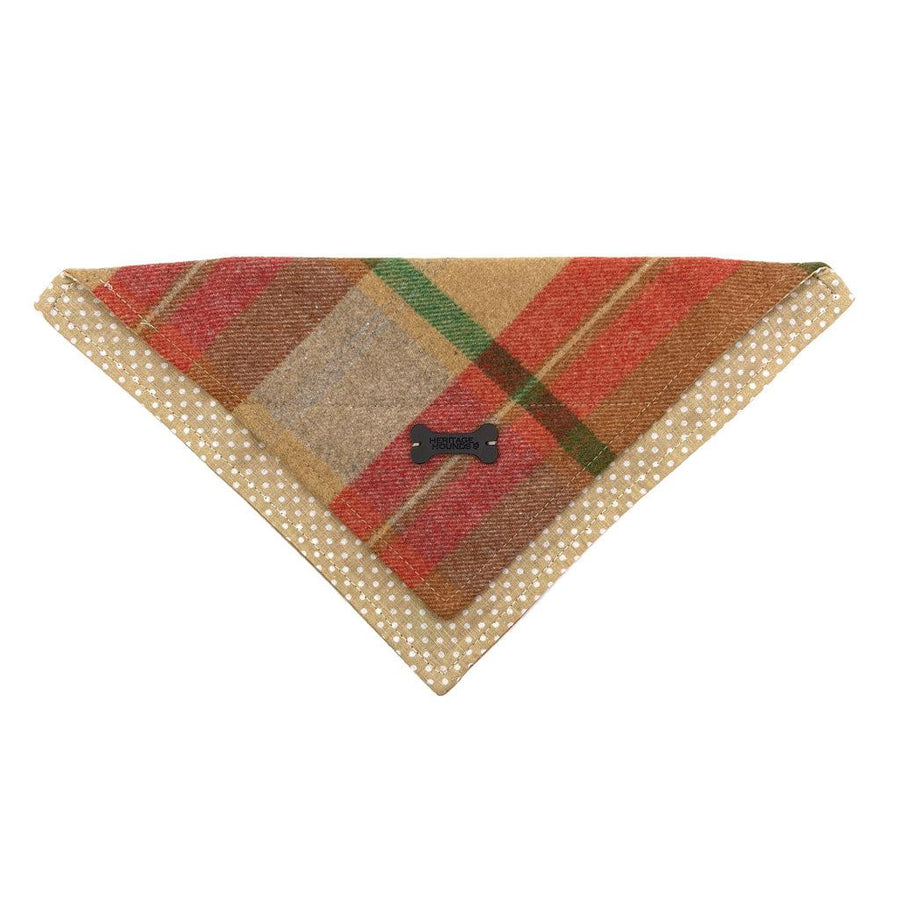
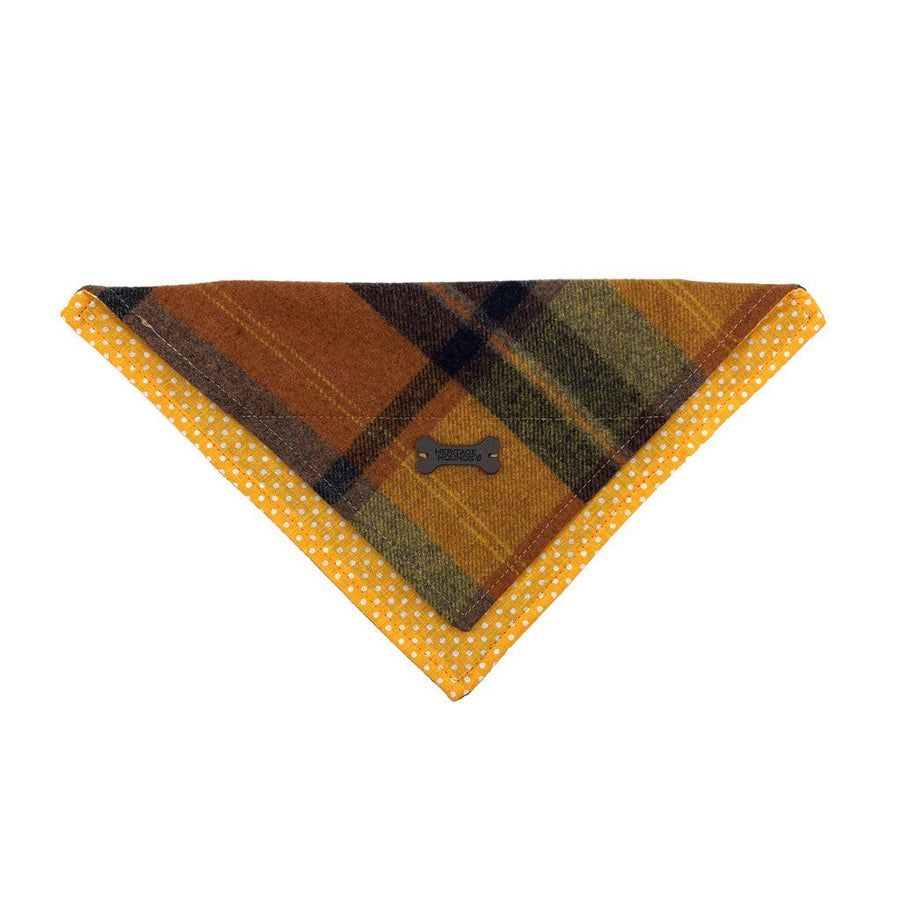
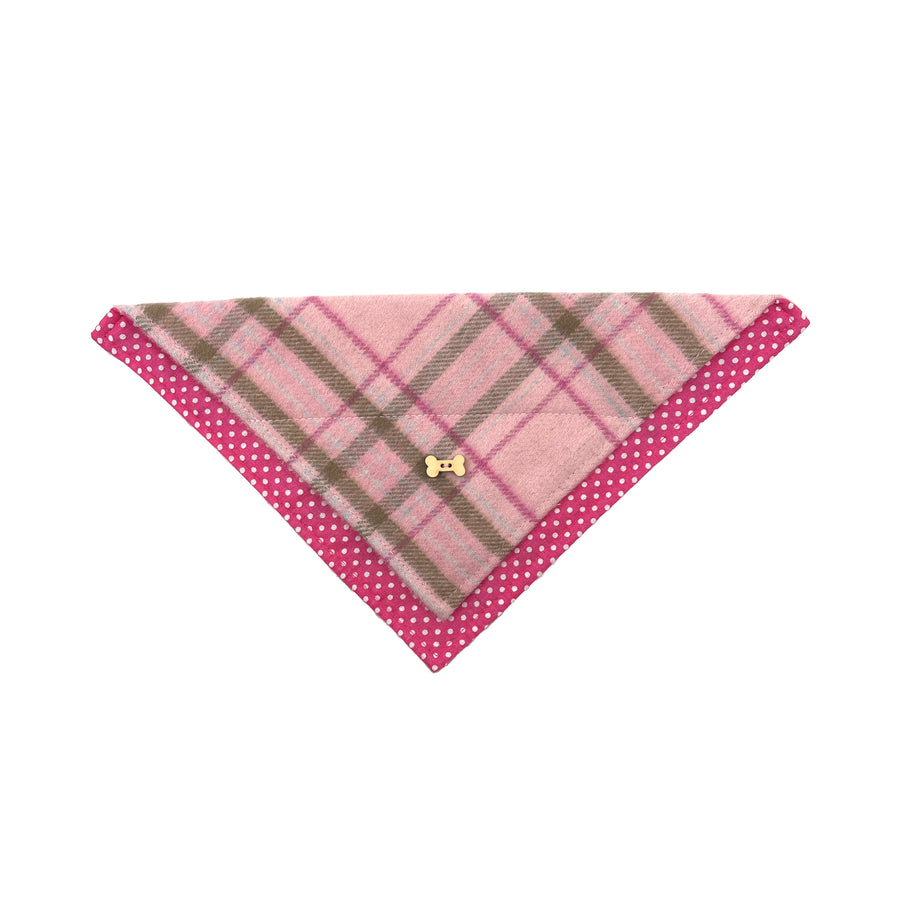


Leave a comment